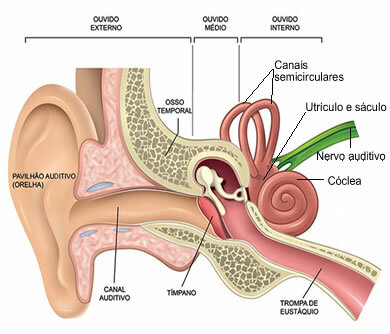One of the most controversial geographical and historical issues in the Brazilian space is that of indigenous territories. We know that, before the arrival of the European peoples in the South American continent, there were thousands of indigenous peoples inhabiting what is now considered the territory of Brazil. Of this total, there are still about 305 ethnic groups currently, with about 180 different languages, most of them affiliated with the Tupi and to ge.
Therefore, there is a profound issue to be resolved with these peoples, which is the demarcation of their lands, that is, the legal delimitation of indigenous areas. The Federal Constitution defines Indigenous Lands as all areas permanently inhabited by Indians, being used for their productive activities and also for the preservation of their cultures and traditions. Therefore, more than simply the area of direct housing, indigenous lands must involve all the space used by the Indians to ensure their survival, including hunting areas and extractivism.
Indigenous areas in Brazil are owned by the Union, so natural resources existing within its limits belong solely and exclusively to the Indians who inhabit this territory. In addition, only with legal authorization from the National Indian Foundation (Funai), it is possible to reach these areas not being a member belonging to the indigenous ethnic groups, being, therefore, prohibited the access unrestricted.
How does land demarcation occur in Brazil?
In Brazil there are approximately 544 indigenous lands*, most of which are located in the Legal Amazon area. Of this total, 426 are regularized, 38 are delimited, 66 are declared and 14 are homologated, with a further 129 sites under study. The phases of the land demarcation process follow the following order:
1st – Are performed studies identification and delimitation by Funai, involving geographic, anthropological, territorial, environmental and other research;
2nd – The delimitation, which is transferred via the Official Gazette to the Ministry of Justice, responsible for its declaration of limits;
3rd – With the authorization, the lands become declared after further studies are carried out, so that the area becomes for the exclusive use of the Indians and the demarcation is authorized. The physical demarcation is in charge of Funai;
4th – A land survey is carried out by the National Institute for Colonization and Agrarian Reform (Incra) to assess the improvements carried out by the owners of the area that now belongs to the Indians, as the landowner loses ownership, but receives compensation if he has done any of these on-site improvements;
5th – The lands are approved by the Presidency of the Republic;
6th – The removal of non-Indian occupants from the area is carried out, with payment of any indemnities;
7th – The regularization and therefore the official demarcation with registry in the name of the Union;
8th – Funai is responsible for interdicting the area, in order to guarantee the isolation and protection of the indigenous people who live there.
This sequence above does not always happen in a linear way, that is, continuous. Often, legal appeals and disputes are made by landowners, agribusinesses, farmers and others with the objective of guaranteeing the use of those lands for themselves. With this, even with the demarcation being completed, the process takes many years to materialize, the which makes the indigenous territorial issue in the country even more costly for both sides.
In some cases, groups of squatters, land grabbers and ranchers come into conflict with the indigenous people over territorial disputes. Often, the limits imposed by the demarcation are not respected, which is a serious crime, as there is an invasion of a heritage protection area.
To safeguard the survival of indigenous peoples and their traditions, it is necessary to guarantee their safety, especially in the sense of protecting its demarcated areas and carry out, as soon as possible, the demarcation of those that need it for the safe maintenance of its practices. The expectation is that, in the coming years, more land will be demarcated, which depends not only on the government, but also the articulation of social movements and, of course, indigenous leaders in the sense of fighting for their sovereignty territorial.
_________________________
* Funai data (2014)
By Me. Rodolfo Alves Pena
Source: Brazil School - https://brasilescola.uol.com.br/brasil/demarcacao-terras-indigenas-no-brasil.htm

